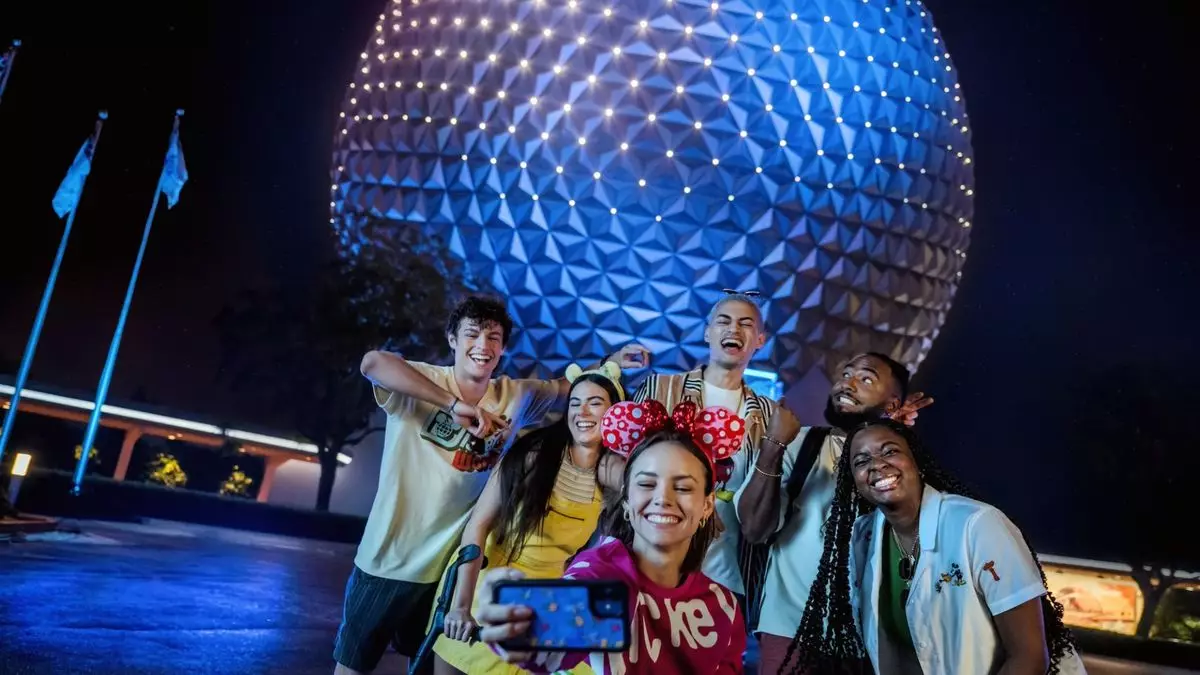Disney’s theme parks have always been a cornerstone of its business model, drawing millions of visitors year after year. With the recent introduction of the Lightning Lane Premier Pass, Disney shows its intent to adapt to changing consumer preferences while still maintaining a measured, strategic approach. This article delves into the nuances of the Lightning Lane system, its implications for visitors, and the broader context of Disney’s park operations.
Launched in October of the previous year, the Lightning Lane Premier Pass allows guests to enjoy expedited access to park attractions. Initially restricted to those lodging at select Disney hotels, the pass has now opened its doors to a broader audience. Nonetheless, the process emphasizes exclusivity, offering hotel guests early access to purchase the pass—a decision that seems to fortify Disney’s commitment to its hospitality sector while creating a tiered access system for park amenities.
The ability to secure a pass for attractions at a designated time appears convenient on the surface, yet the limited quantity raises concerns about availability for guests not staying on property. Non-Disney hotel patrons could find themselves at a disadvantage, underscoring a growing divide among visitors based on their choices of accommodation. The urgency created by limited inventory could lead to increased anxiety and pressure among those scrambling to secure their passes.
Pricing for the Lightning Lane Premier Pass is highly variable, depending on factors such as date, park, and potentially the guest’s anticipated demand. For instance, prices can range from $119 to a staggering $399 at Walt Disney World Resort. Such a price range invites scrutiny; it showcases Disney as a premium brand while also disassociating the product from affordability for many families.
Disney CFO Hugh Johnston has indicated that this pass is a “premium product,” suggesting that the company views it not just as a transactional offering but as part of a curated experience. However, the unpredictability in pricing could create disenchanted customers who might feel frustrated that they cannot predict costs in advance, while also risking disappointment if “sold out” signs appear when they wish to purchase.
Strategic Growth amidst Challenges
During the recent fiscal Q1 earnings call, Johnston highlighted that revenues in Disney Experiences rose by 3% to approximately $9.42 billion. However, flat operating income—combined with the unsettling impacts of hurricanes Milton and Helene—suggests that while growth is visible, considerable obstacles remain. The merging narratives of rising profitability and climate-related challenges indicate that Disney is at a crossroads, balancing the desire for revenue growth with the stark realities of operational risks.
Additionally, significant expenses from pre-opening investments, such as those associated with new vessels in the Disney Cruise Line, add layers of complexity to profitability assessments. The approach reflects a commitment to growing Disney’s portfolio, but also implies risks associated with entering the cruise market and launching new experiences.
The year ahead promises to be notable for Disney, with multiple milestone anniversaries like Disneyland’s 70th and Hong Kong Disneyland’s 20th. Such celebrations serve not only as an opportunity to engage audiences but also as platforms for introducing new attractions and experiences. Upcoming ships like Disney Destiny and Disney Adventure signify a push to diversify offerings while enhancing visitor engagement across various travel mediums.
As the cruise line expands its footprint, the introduction of the Disney Treasure suggests a strategic shift towards maximizing profitability and solidifying consumer affection for Disney, both in parks and at sea. Johnston’s remark about the ship’s successful start underlines Disney’s ability to innovate and capture consumer interest even amidst its broader financial challenges.
Disney’s Lightning Lane Premier Pass represents more than just a method for guests to skip lines; it is emblematic of the company’s broader strategy to navigate a rapidly evolving entertainment landscape. As they tiptoe through marketing decisions and manage pricing strategies, Disney’s efforts to maintain exclusivity and premium service ultimately reflect the challenges and opportunities facing the company going forward. With an eye on operational resilience and guest satisfaction, Disney continues to pave its path, striving to remain enchanting while economically viable.

